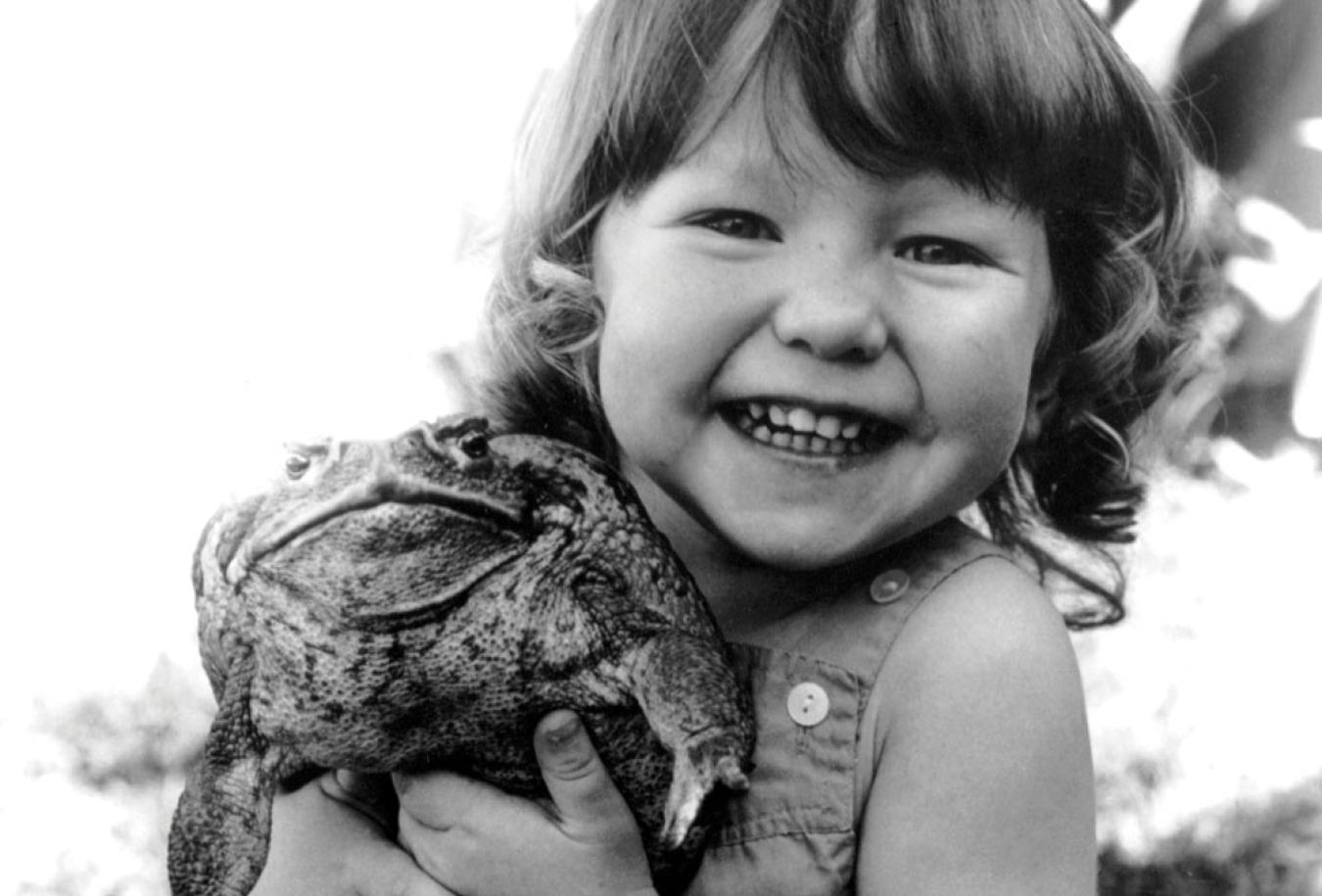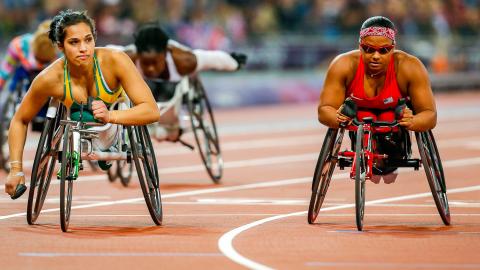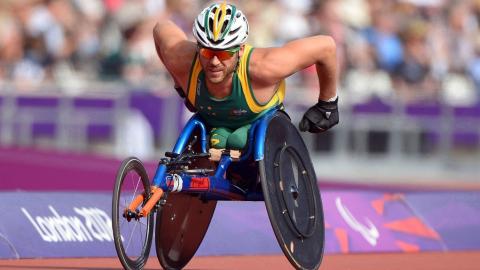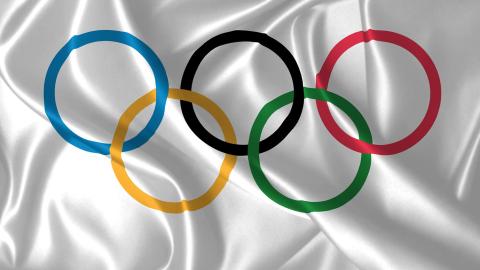

Paralympics
Cigars, para-sports and a love story
We’re on board the plane transporting Australia’s team to the 1972 World Games for the Disabled in Heidelberg, Germany: sunlight streams in the cabin windows as the plane flies between Manila and Hong Kong and a palpable excitement can be seen on the faces of the competitors. Two athletes – Trevor Luke and Brian Chambers – crack open their duty free cigars and proceed to light up and puff away with relish.
This was one of the first scenes I viewed from Donald Worley’s Paralympic film donation; a promising early peek into a treasure trove of what now appears to be the earliest collection of any Paralympic footage known.
Don’s films sing of optimism and the fighting spirit of the Australian Paralympic movement. He donated almost 10 hours of film material to the NFSA, featuring hundreds of national and international sporting events that he shot, or co-directed the filming of, between 1972 and 1988. The films also show the supportive grassroots community and pioneering spirit of the early Paralympic competitors.
For me, however, this collection also tells another important story. Every frame of film is the embodiment of the perseverance and indefatigable spirit of this Adelaide dentist and amateur filmmaker.
Don‘s involvement with disabled sport began when he and his wife Barbara Worley were involved in a car accident in 1967 whilst travelling to Melbourne. The car rolled and Barbara’s lap sash seat belt crushed her, leaving her with a broken spine. But Don and Barbara were a formidable team who never let anything deter them. In para-sports, they found a cause and followed through with unwavering commitment.
It’s ability not disability that counts.
Barbara rehabilitated at the progressive Royal Adelaide Hospital. The Royal Adelaide had adopted many of the recommendations of the UK-based neurologist Professor Sir Ludwig Guttman so, as part of her rehabilitation, she began to train in several para-sports. Barbara became a member of the South Australian team and then an international competitor in Dunedin in 1974 and at the FESPIC (Far East and South Pacific) Games in Japan in 1975.
In addition to her athletic achievements, Barbara became involved in the administration of sport for people with a disability. She is considered to have played a leading role in the development of Paralympic sport in Australia. She passed away in 2014.
Meanwhile Don, who had always had a keen eye for stills photography, picked up a Super 8 film camera and so began a sideline occupation and passion: travelling with the teams and documenting Australia’s involvement in international disabled sport from 1972 to 1988.

Don had to learn about filmmaking technology and processes as he went along. It was a steep learning curve; he recalls how he grappled with screening synchronous sound on his first completed film: ‘I had a small Bolex projector and a cassette recorder playing the sound. Of course sound and picture were not in sync, and I had to frequently switch the projector to slow motion to allow the sound to catch up!’
Don’s early films are charming and candid, with content that is groundbreaking for its time. Don describes the significance of his films and the ABC documentaries he was later involved in.

"They are of inestimable value not only in gaining recognition for the athletes, but also in inspiring anyone, particularly young people, to realise that having a disability need not be a life sentence. It’s ability not disability that counts."
For decades, Don’s material was well stored at his home in Adelaide, so it was in remarkably good condition. There was some dye fade on the early films and, on some titles, projector scratches evidence its life as a screening print in halls and schools in South Australia.
Don had kept meticulous notes about all the films, and worked closely with the NFSA to identify the best quality and most complete components for us to preserve, digitise and make available for future generations.
The National Film and Sound Archive of Australia acknowledges Australia’s Aboriginal and Torres Strait Islander peoples as the Traditional Custodians of the land on which we work and live and gives respect to their Elders both past and present.


